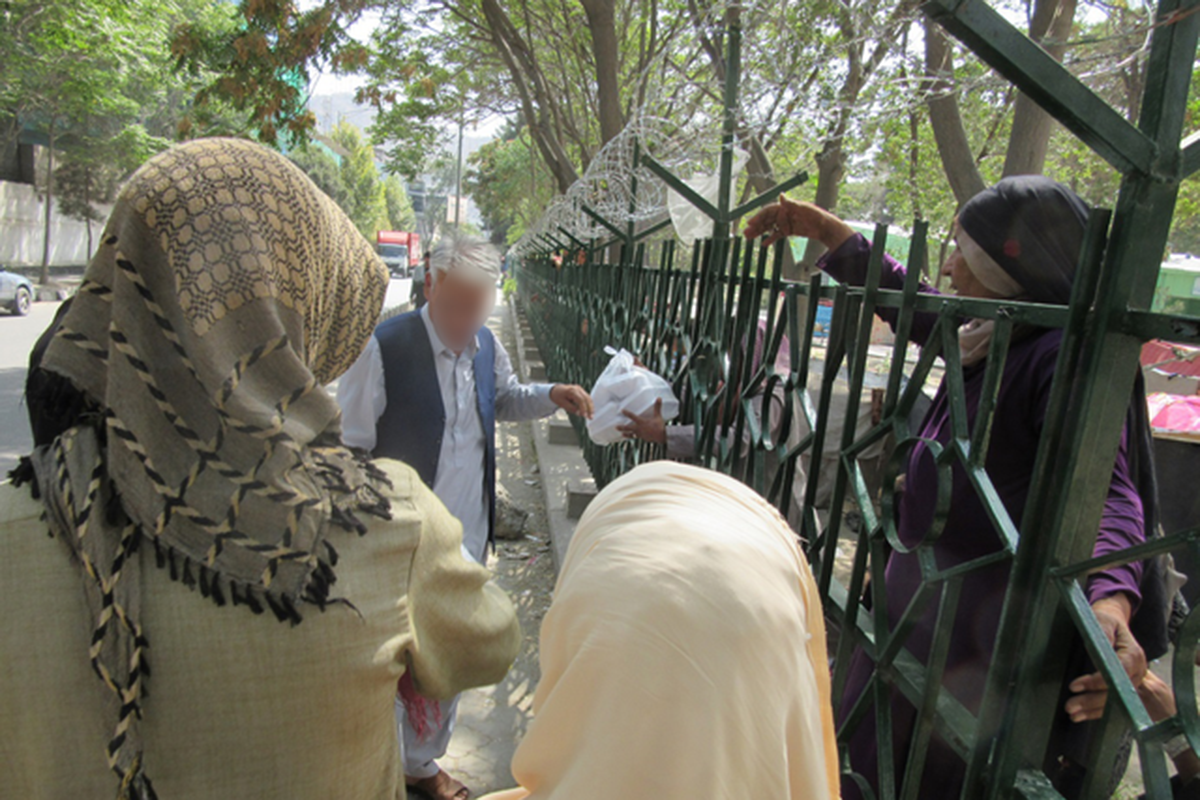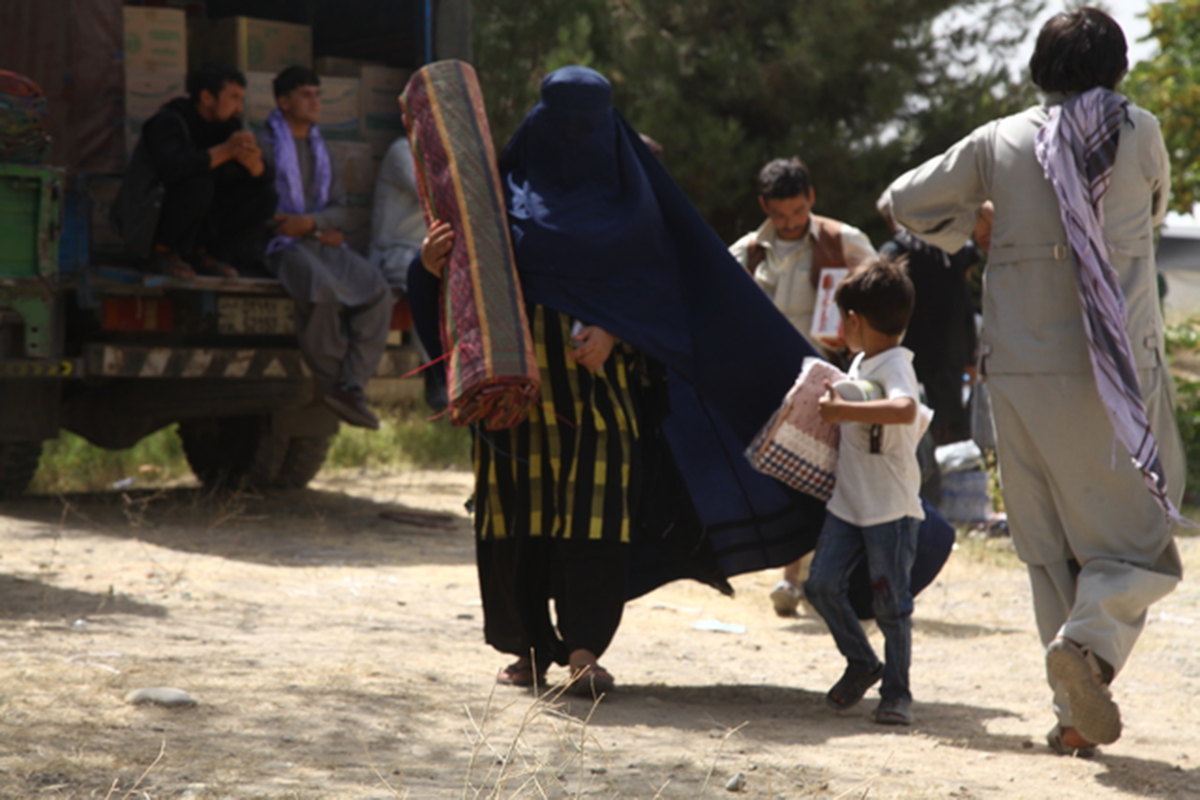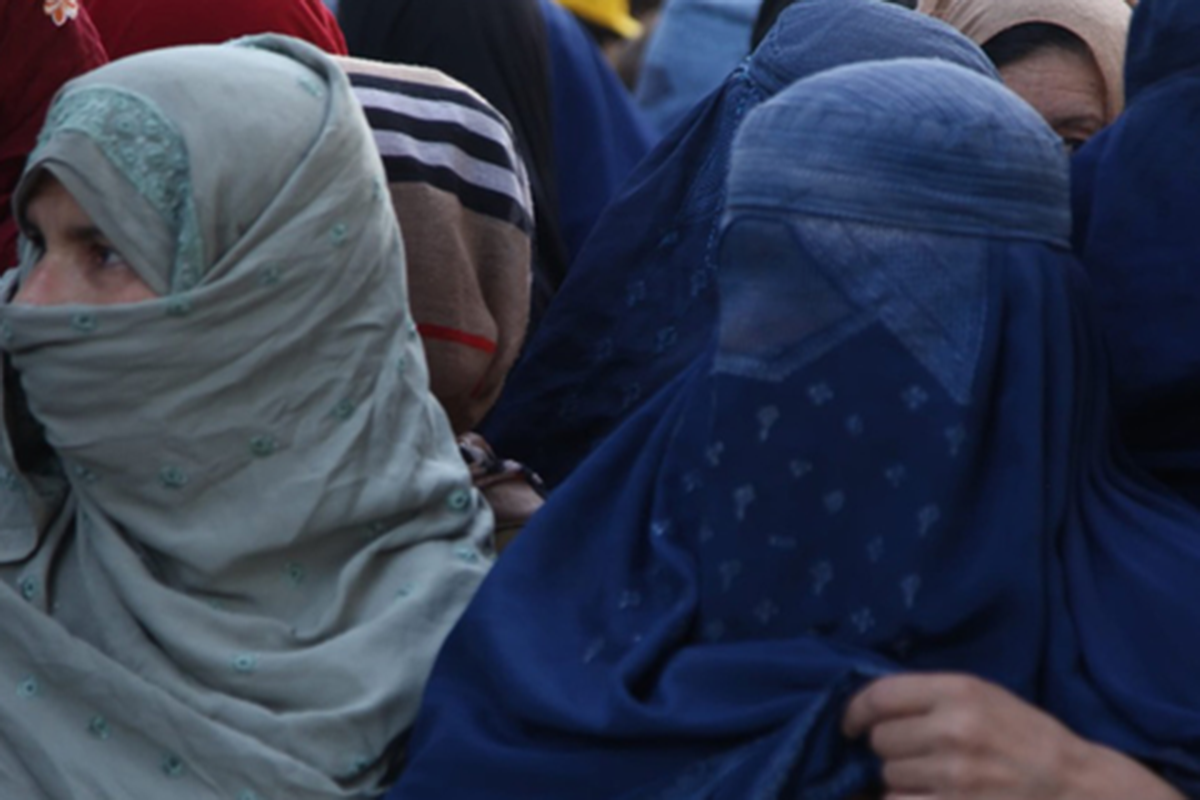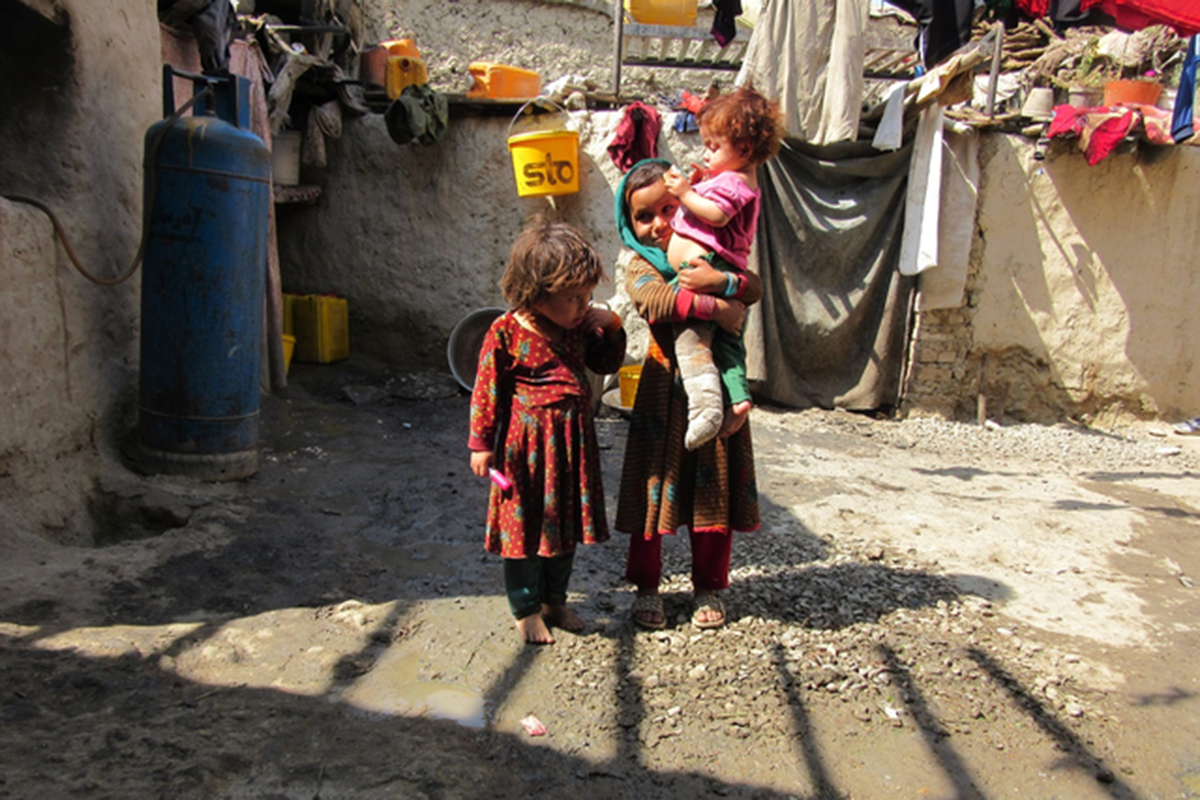A child sifts through garbage and rubble, desperate for anything she can sell for a few cents. She should be in school, but how can she even think of education when her family hasn’t eaten in days? She ignores her stomach pains as she tosses a scrap of paper into her bag. Maybe somebody will buy it for kindling.
Back in the small mud hut she calls home, her mother cradles her baby brother, waving her hand to dispel the swarming flies. Coughs wrack his tiny body, a sign of an illness she has no money to treat. All she can do is try to comfort him.
Meanwhile, her husband wanders between the other huts nearby. He searches for work daily, but no one has money or food to pay him with. Maybe he’ll be able to find a few gulps of water for his sick son. Something. Anything.
Every day, families in Afghanistan struggle to survive in a failed economy and the aftermath of decades of war. Millions of citizens are facing unimaginable hardships — and it’s only getting worse.
When Afghanistan disappeared from the headlines, the struggles of the Afghan people also vanished from the forefront of the world’s view. But now, they need our help more than ever. We can’t forget about them in their darkest hour.
A Critical Food Shortage

Many Afghan families rely on humanitarian aid to survive
Over the past two years, a devastated economy, the aftermath of war, and persistent drought and flooding have left most of Afghanistan’s population in desperate need of humanitarian aid … especially food.
And after the Taliban regained control in 2021, Afghanistan suffered widespread economic sanctions, effectively destroying its economy. As a result, the government could no longer pay its workers, and unemployment skyrocketed.
These crises occurred when many Afghan citizens already lived in IDP (Internally Displaced People) camps because of the war. These camps were struggling to feed millions of displaced people before — now, they have almost nothing, and families can go days without eating.
“The food insecurity is staggering.” – Afghanistan partner
In fact, according to one report, the hunger crisis has gotten so bad that more Afghans are expected to die from starvation in the near future than in the previous 20 years of war.
Natural and Economic Disasters

Frequent droughts and floods has further strained food supply in Afghanistan
Afghanistan is also known for its extreme weather, such as frequent flooding, droughts, and earthquakes. Summers are excruciatingly hot, and winters are frigid. The dry land and lack of regular rainfall make farming extremely difficult. When food isn’t easily grown, it needs to be imported.
But with the sanctions, importing food has nearly reached a standstill. Prices have skyrocketed even more because Afghanistan can’t get food from other countries. For families who could hardly afford food before, this shortage couldn’t have come at a worse time. Most Afghan citizens currently live off what little humanitarian aid makes it into the country.
Recently, a small World Help team traveled to Afghanistan to provide essentials and learn about the greatest needs of the Afghan people firsthand. What they encountered were unimaginable living conditions and immense needs. As they traveled between the sun-bleached clay homes in one of the camps, the smell of sewage hung low and heavy in the air, made worse by the dry heat and hot sun.
Almost every family they visited had nothing to eat. Because of rising poverty rates, more people have been forced to move to camps like this one, stretching resources even thinner.
A Dark and Desperate Winter

As the cold season approaches, Afghans are worried about how they will get by
With food and water growing increasingly scarce, families are bracing themselves as another bitterly cold winter draws near.
You might not associate Afghanistan with cold weather, but Afghan winters are brutal. This past winter was the worst one they’ve seen in over a decade, with temperatures regularly plummeting below freezing. Many displaced Afghans live in tents without heat, making the cold weather life-threatening.
During the winter season, food is even harder to find. To make matters worse, people often must burn plastic to keep warm, and the toxic fumes make them sick. It’s a dangerous and desperate situation … but it’s better than freezing to death.
And with no hospitals nearby to treat them, Afghans are dying of preventable and curable illnesses. Malnutrition is also a growing crisis among children and infants. The coming winter will only worsen an already desperate hunger problem.
What You Can Do to Help

People in Afghanistan are waiting for lifesaving help to arrive
When we think about crises in countries like Afghanistan, it’s easy to remain detached. But these are more than just numbers and statistics — real people are behind them. God calls us to help the weak and care for those who can’t care for themselves.
That’s why when we lift Afghanistan in prayer, God hears us. He sees the suffering of every person in Afghanistan and all over the world. He knows the hardships of families who are struggling to survive each day. And He can provide hope and healing to countless people who need it most.
You can also give financially to help displaced people in Afghanistan. Your generosity will provide critical aid like food, water, clothing, firewood, and medical care — supplies you can help provide today. Your gift could mean the difference between life and death.
Your gift will be a lifeline and an incredible example of God’s love.




